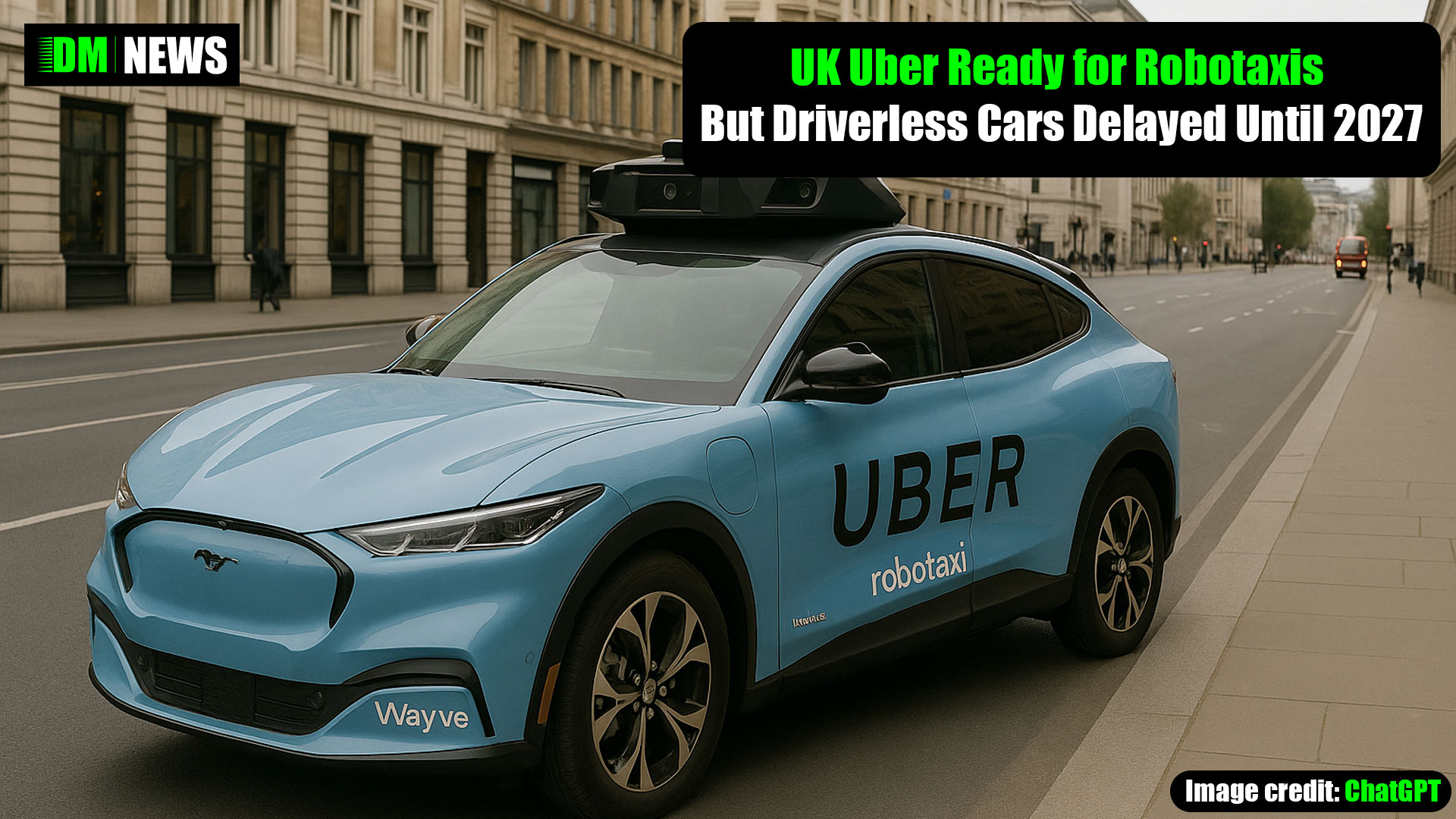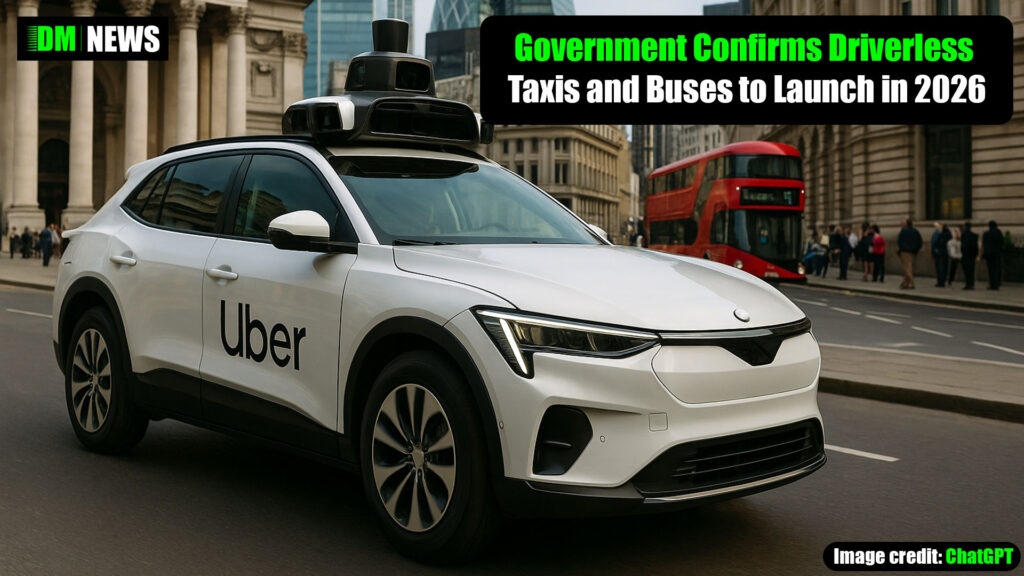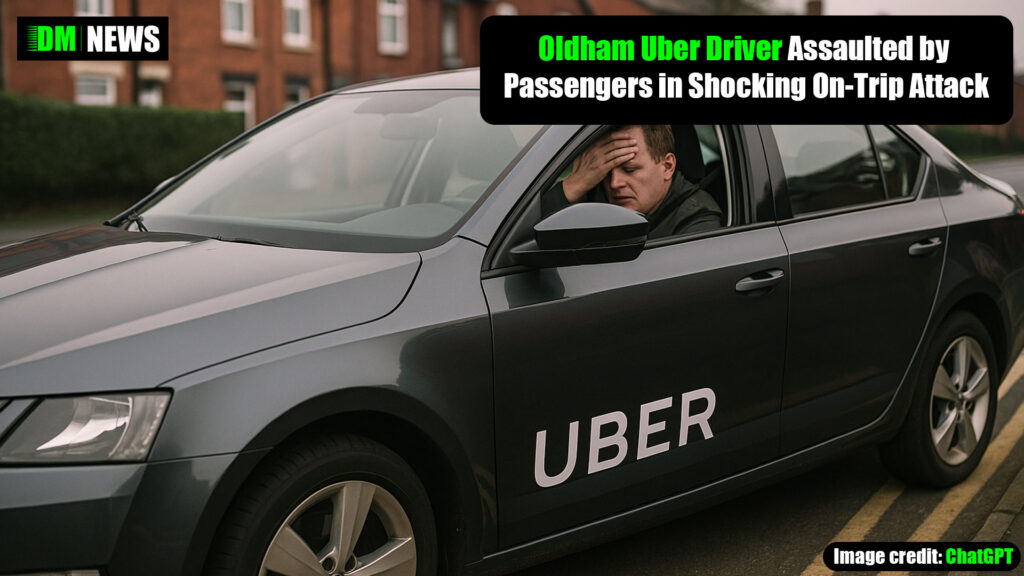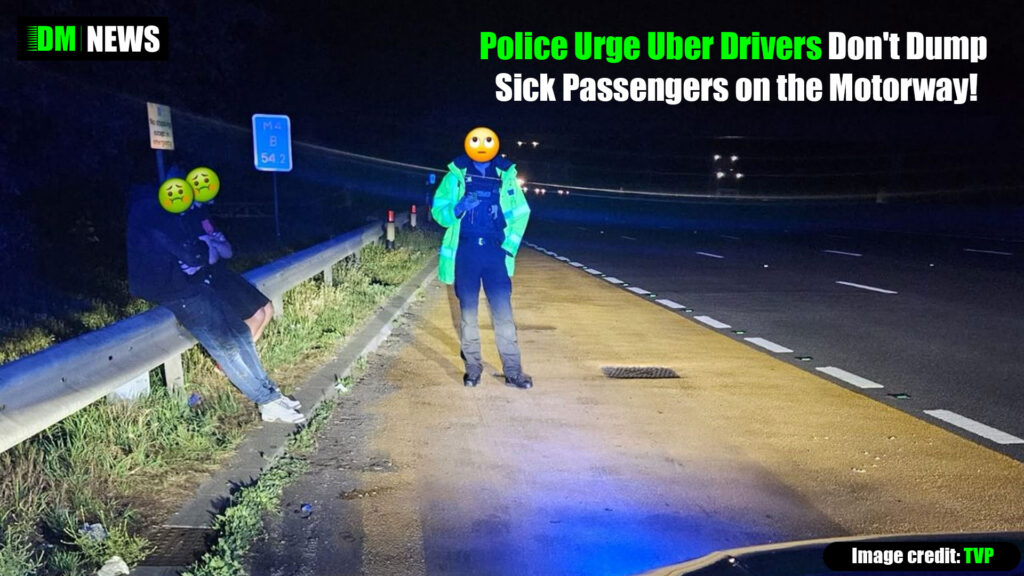Uber says it’s ready to roll out driverless taxis in the UK today — but the government’s latest stance means fully autonomous vehicles likely won’t hit British roads until late 2027.

Previously, plans were set under the last administration for driverless cars to be operational by 2026. However, the Department for Transport (DfT) now estimates full regulatory approval won’t come until the second half of 2027, pushing back the timeline for nationwide adoption.
Currently, only limited self-driving technology is permitted in the UK. A licensed driver must remain behind the wheel and be legally responsible, even when automation is active.
Uber, which already operates robotaxi services in the US, China, Singapore, and the UAE, believes the UK is technologically ready. Andrew Macdonald, Uber’s Senior VP of Mobility, joined a test ride in London in a Ford Mach-E powered by British AI firm Wayve. “We’re ready to launch robotaxis in the UK as soon as the regulatory environment is ready for us,” he said.
Testing the Future
Wayve’s autonomous system uses radar, seven cameras, and AI software to navigate urban environments. On the test run through central London, the vehicle handled obstacles ranging from pedestrians to parked delivery bikes without intervention from the safety driver. A large red emergency shut-off button wasn’t needed.
The vehicle’s calm and cautious driving style even outperformed most human drivers — although it lacked the usual taxi banter.
Global Rollout, UK Delay
While countries like the US have seen robotaxis in action for years, Macdonald rejected the idea that the UK is lagging. Instead, he said early adoption overseas is largely because those nations host the companies developing the tech.
Despite safety concerns, Uber claims fares in US cities for robotaxi rides match those for human drivers. Riders can choose whether or not to book an autonomous vehicle when using the app.
Still, the public is wary. A 2024 YouGov poll revealed 37% of Brits would feel “very unsafe” in a driverless car. Macdonald argues that discomfort fades with experience.
But some countries have faced setbacks. GM’s Cruise service in San Francisco was suspended in 2023 after a series of safety issues, and incidents — like a man trapped inside a robotaxi in an airport car park — continue to raise concerns.
Safety, Liability and Jobs
Questions remain around insurance, ownership, and legal liability in the event of a crash. Tom Leggett from Thatcham Research emphasised the need for a “safety-led” approach and full transparency for insurers and investigators.
The UK government believes autonomous vehicles could boost the economy by £42 billion and create 38,000 jobs by 2035. But not everyone is optimistic.
Andy Prendergast from the GMB union warned of the “significant social implications” for people who make their living driving. “The potential for job losses or reduced work must be considered,” he said.
Still, Uber is confident the future is near. “Do I think my daughters will even bother getting a driver’s licence when they turn 16?” said Macdonald. “No – the world is changing.”
Source: BBC
Thanks for visiting DM News!
If you’ve got a question, story, or anything you’d like to say, head over to DriverMatty.com — I’d love to hear from you!
And while you’re there, don’t forget to check out my other websites and social media channels.






